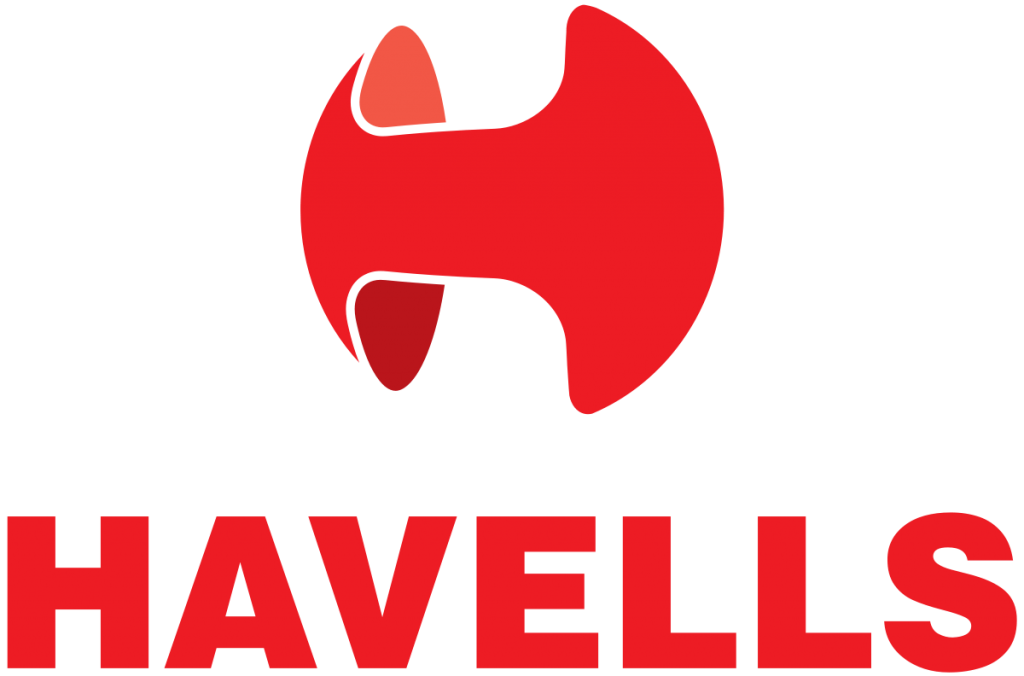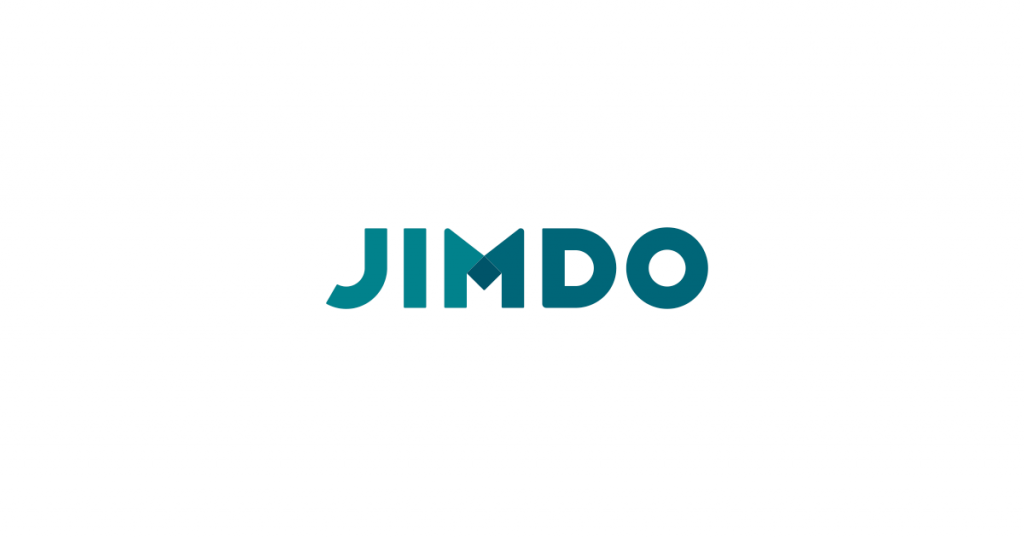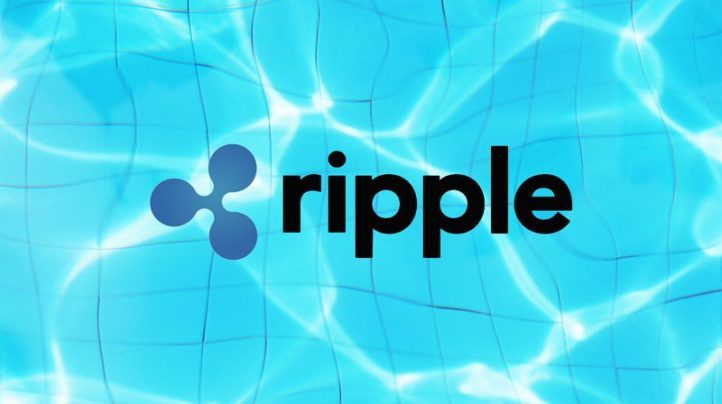Havells: Lighting Up the World One Bulb at A Time
In the year 1971, within a shady and busy street corner of Bhagirath Palace, Qimat Rai Gupta worked furiously on some permutations and combinations. No, these had nothing to do with the next batch of light bulbs he needed to order for his shop. Rather, it was regarding a business proposition that was on QRG’s mind. His vision and ambition led him to start manufacturing electrical goods and with his decade-long experience in the field of electrical goods market, he knew he could succeed. This is the story of his success and how he established Havells.
Breaking Barriers
Havells came up at a time when manufacturing was picking up in India. However, finding the right buyers and having enough money was still difficult. Except a few famous conglomerates, the barriers preventing entry into the manufacturing industry was still too high for most entrepreneurs. Furthermore, Licence Raj brought with it further more licensing and compliance issues. Yet, none of these issues held QRG back, and he went on to close the deal. The rest, like they say, is history!
Founding the Company
In 1971, QRG bought the brand Havells from Haveli Ram Gandhi for a bragin seven lakhs. However, to establish a manufacturing plant, the company now needed more cash. With a lot of effort from QRG’s side and several helpful friends, the brand name grew. Within a few years, the brand Havells picked up momentum and became a well-known brand trading in electrical goods within Delhi. In 1976, a plant came up in Kirti Nagar for the production of switches. Due to the large entry barrier, competition was scarce at the time and QRG pushed through. The company soon added distribution boxes to their product list and focused on making quality goods. Due to good feedback and growth in sales, the company expanded further, strengthening their distribution network. In 1979 they set up another plant in Badli, and a year later, one came up in Tilak Nagar.
Acquisitions and Further Growth
The company continued to grow organically, but knew that to accelerate this growth rate, they had to acquire companies. Thus began the acquisition and expansion phase of the company. They picked up companies losing money, and then turned them around into money-making machines. They acquired Towers and Transformers, which made electrical meters and Havells turned it cash positive in one year. The late 1980’s witnessed a slump in the Indian market due to large influx of cheaper Chinese products. This, therefore, served as a difficult time for local manufacturers and many shut down. However, Havells boosted their quality and expanded, holding their own through the storm. They established a Research and Development centre to come up with new and innovative products. They got into a joint venture with Geyer and DZG to create more innovative and high-quality products. Between 1998 and 2002, they acquired Standard, Crabtree and Arnics Electronics. They became the first company to introduce the ‘Green CFL’ technology and also the first BEE five-star rated fan.
A Family Affair
In 1984, founder QRG tasked his son, and later CEO of Havells, Anil Rai Gupta with his first business assignment- to find a good five-star hotel for a meeting! Anil was merely fifteen years old at the time and Havells was making just Rs 50 lakh annually. With time, however, the stature of both grew, and grew tremendously. Three decades later, Anil heads Havells which has over 6,500 agents in their network now. Its product basket now includes not just cables and fans, but also water heaters, mixer grinders and air coolers. Its annual revenue in 2016 came in at INR 5400 crore, growing 4% annually. Anil joined the company in 1992 as a non-executive director and worked with his father for over 22 years. Those years taught him greatly about his father’s values, which continue to drive the company forward.
Stellar Success
Havells also gave rise to the growing FMEG category by establishing direct rapport with customers across India with their brilliant brand building campaigns. They introduced a one stop-shop called Havells Galaxy, which today has over 250 stores across India. Havells was also the first FMEG company offering door-step service via Havells Connect. In 2007 they acquired Sylvania for over 980 crores, making Havells the fourth largest lighting company in the world. In the same year, Warburg Pincus invested over $110 million in Havells, buying 11.2% of their equity stake. With more than 11 manufacturing plants, 5300 dealerships, the journey of Havells is one that every Indian can be proud of.

Being a cinephile with a love for all things outdoorsy, Athulya never misses a chance to chase inspiring stories or poke fun at things, even when the subject is herself. Currently pursuing a degree in mechanical engineering, she is someone innately interested in technical and scientific research. Music reviews and op-eds define her as they allow her to explore different perspectives. Though sometimes she thinks she makes more sense playing the guitar than she does while writing.








